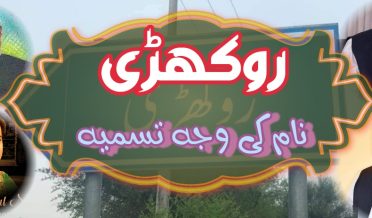Associated with the Bangashes are large numbers of Niazis, who are now hardly to be distinguished from them. The Niazis are by origin Pawandahs, the general name for the migratory tribes who carry on the trade between Afghanistan and the Panjab through the Gomal pass in the Dera Ismail Khan district. A remnant of this tribe to the number of about 400 men are still engaged in the Pawandah trade. These Niazis are a Lodi tribe; their first settlements were in the Tank tahsil. They spread thence about the end of the 15th century into the Bannu district. Being driven out by the Marwats they moved on into Isa Khel and Mianwali, where they are now the dominant class. According to Sr. Thorburn they settled in Isa Khel about A.D. 1600 and in Mianwali about A.D. 1750.
Settlement in Kohat
Little is known of the settlement of the Niazis in the Kohat district. It must have taken place a century or two before their settlement in Isa Khel. According to local tradition they arrived here in the time of Daulat Khan son of Bai Khan. This would make their settlement contemporaneous with that of the Baizai Bangashes, which seems to have taken place previous to the time of Babar’s invasion (A.D. 1505). It is probable, however, that they arrived before the settlement of Baizai. They probably first established themselves along the lower course of the Kohat toi, about Kamal Khel, and spread along one of its main feeders up the Sumari valley to where it debouches on Miranzai near Togh., Tegh, Barabbas Khel and Kotki in Miranzai, the two villages of Samari, Gadda Khel and a number of villages lower down on the Kohat toi, as well as the large villages of Togh east of Kohat, are now occupied by Niazis. In the Bangash pedigree tables, showing the allotment of shares in the land to the different sections, the Niazis are shown among the original sharers, but I expect that most of their lands were acquired independently of the Bangashes. The Niazi villages form a lone strip interposing between the Khattaks and the Bangashes from Togh, in Miranzai to Manda Khel, a distance of more than thirty miles. Except in Upper Miranzai the Khattaks and Bangashes hardly ever come directly in contact. The Baizai Togh is acknowledged to have been founded by settlers from the Miranzai Togh, when the Kohat lands were partitioned among the Baizais. This alone proves that the Niazi settlement must have been of very old date.
The Bangashes, including the Niazis, occupy the Hangu tahsil and the Baizai and Samilzai tappas round Kohat. The Khattaks hold all the rest of the district.














